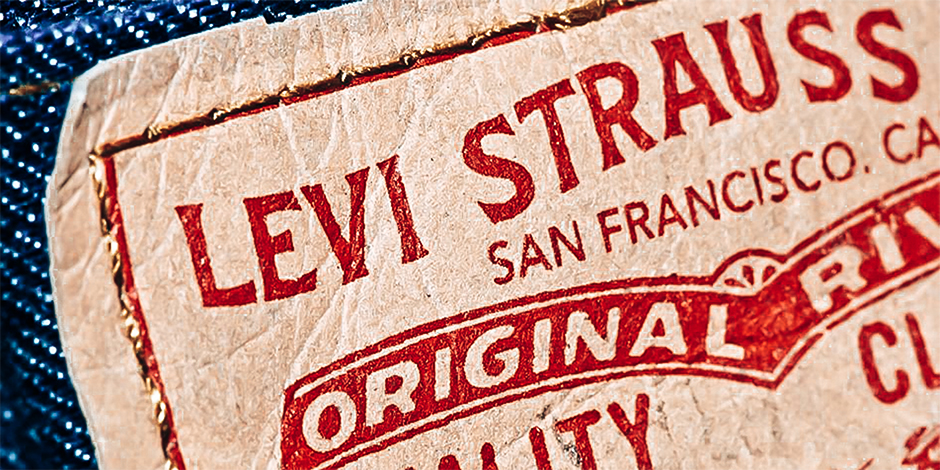Levi Strauss, the company that created the uniquely American look of youthful rebellion, may finally be finding its stride. That’s our key takeaway from the company’s most recent earnings call with analysts when incoming CEO Michelle Gass spoke about Levi’s goal of “becoming a denim apparel lifestyle business.”
Michelle Gass was recruited a year ago from Kohl’s, the department store chain. This month, after a year working behind the scenes as Levi’s CEO-in-waiting, she officially takes the helm.
Details of Gass’s earlier career successes suggest that Levi’s has found a leader who can point toward a rosier future for the iconic fashion brand. Chief among Gass's accomplishments: the reputation she earned during her 16-year stint at Starbucks, another lifestyle brand.
According to a Forbes profile in 2011, headlined “Starbucks’ Secret Weapon,” Gass was credited with leading the coffee company in a new direction, starting in 1996 by “making a huge success of Frappuccino,” building it into a $2 billion brand. Starbucks had been a cultural phenomenon with steady growth through the 1990s. After founder and CEO Howard Schultz resigned in 2000 the company began to flounder. By 2008, it was forced to close 600 locations and its profitability was in free fall.
Shultz returned that year to rescue Starbucks and picked Gass, then the youngest member of the executive team, as his chief strategist. “Michelle is a courageous leader with a rare combination of business and interpersonal skills,” Schultz told Forbes. “She was the perfect person to be at my side as we coauthored the transformation of the company.”
In fact, Gass led Starbucks back to its dominance of coffee culture by restructuring its operations and “reinvigorating” 137,000 employees in 17,000 stores. Could Michelle Gass become Levi’s secret weapon? There are compelling parallels.
Levi’s, like Starbucks, could use reinvigorating. Also, the company is morphing from predominantly a wholesale supplier to department store chains into a direct-to-consumer brand with a growing fleet of company-owned stores and shops-in-shops. The company reported it operated more than 1,000 stores globally in 2022 and planned to add another 80 in 2023. Even better, its direct-to-consumer sales have been growing at nearly 20% a year and represent a growing share of the company’s profits.
Michelle Gass seems to have a good grasp on what it will take.
She told analysts in October, “It starts with thinking like a merchant and mastering retail fundamentals like having key items always in stock, elevating our in-store storytelling, and broadening our assortment to drive traffic and increase shopping frequency.”
I’ll drink to that!
















